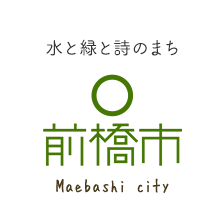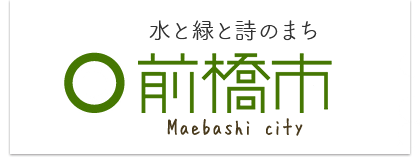Maebashi's History
Maebashi's original name, Umayabashi, derived from a bridge on a small tributary of the Tone River, called Kuruma. Later the city''s name evolved into Mayabashi, and finally into Maebashi toward the end of the 17th century.
Many ancient tombs have been found in the Maebashi area, consequently making it an important archeological area.
With two Buddhist temples, Maebashi is also a religious center of Gunma.
The eleven-faced Kannon Statue in Nichirin Temple and the Buddha Statue in Zensho Temple were built between the end of the Heian and the beginning of the Kamakura Eras.
Umayabashi Castle was built in 1470, while Japan was undergoing a tumultuous period of its history. (Following the Pandemonium of 1567, and the destruction of Umayabashi Castle, the town of Maebashi was moved to its present location upon an old river flat.
The Sakai family assumed local power during the Tokugawa period and ruled for 150 years. Afterward, the Matsudaira held power for 19 years. At a later date a flood struck the area and Maebashi became impoverished with no local lord.
In 1867, the Matsudaira family regained control, only to be swept away again during the Meiji Restoration.
The first government building in Maebashi was built in the 14th year of the Meiji period. Additions to the building were made throughout the Meiji, Taisho, and Showa Eras.
During World War II 80 percent of the city was destroyed. The rest is modern history. Maebashi is now a prosperous city.
この記事に関する
お問い合わせ先
Maebashi City(前橋市)
phone number: 81-(0)27-224-1111
〒371-8601 2-12-1,Oote-machi,Maebashi,Gunma Prefecture(群馬県前橋市大手町二丁目12番1号)












更新日:2019年02月01日